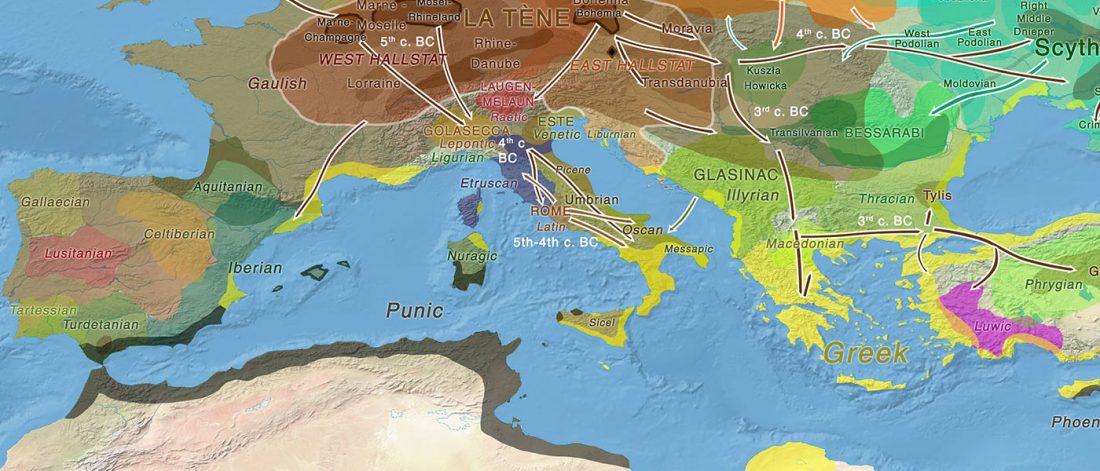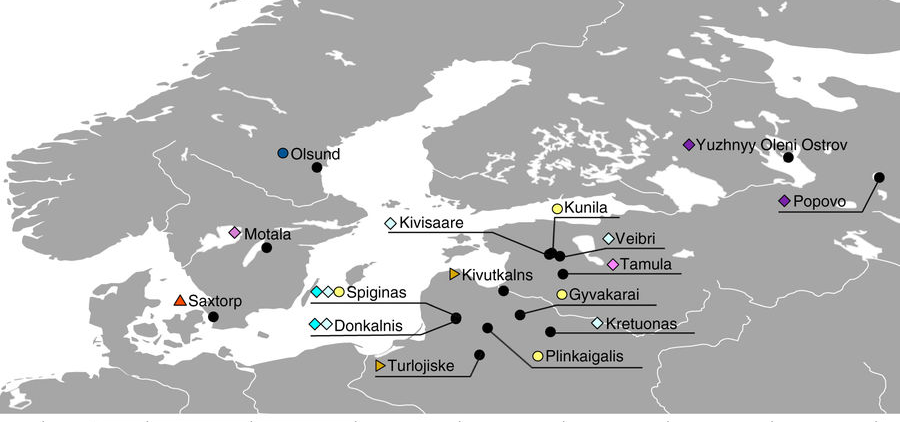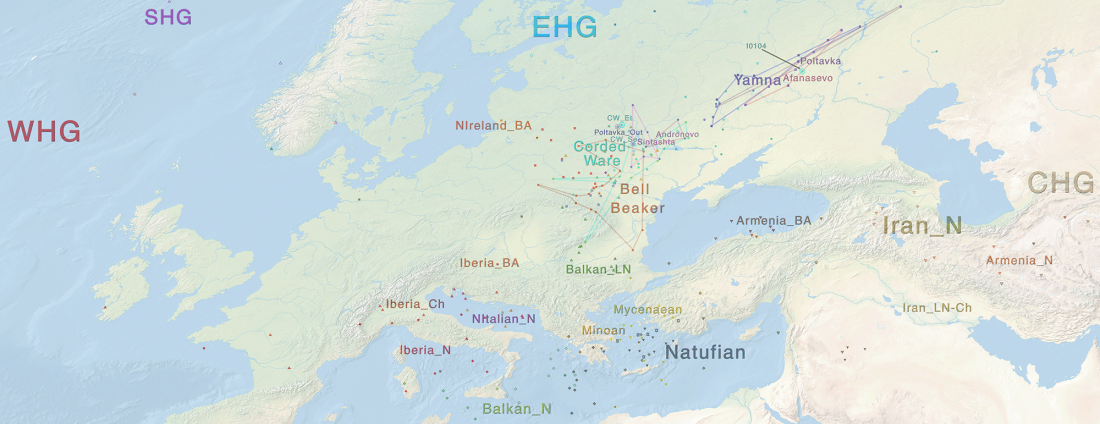Open access A finely resolved phylogeny of Y chromosome Hg J illuminates the processes of Phoenician and Greek colonizations in the Mediterranean, by Finocchio et al. Scientific Reports (2018) Nº 7465.
Abstract (emphasis mine):
… Read the rest “Haplogroup J spread in the Mediterranean due to Phoenician and Greek colonizations”In order to improve the phylogeography of the male-specific genetic traces of Greek and Phoenician colonizations on the Northern coasts of the Mediterranean, we performed a geographically structured sampling of seven subclades of haplogroup J in Turkey, Greece and Italy. We resequenced 4.4 Mb of Y-chromosome in 58 subjects, obtaining 1079 high quality variants. We did not find a preferential coalescence of Turkish samples to





